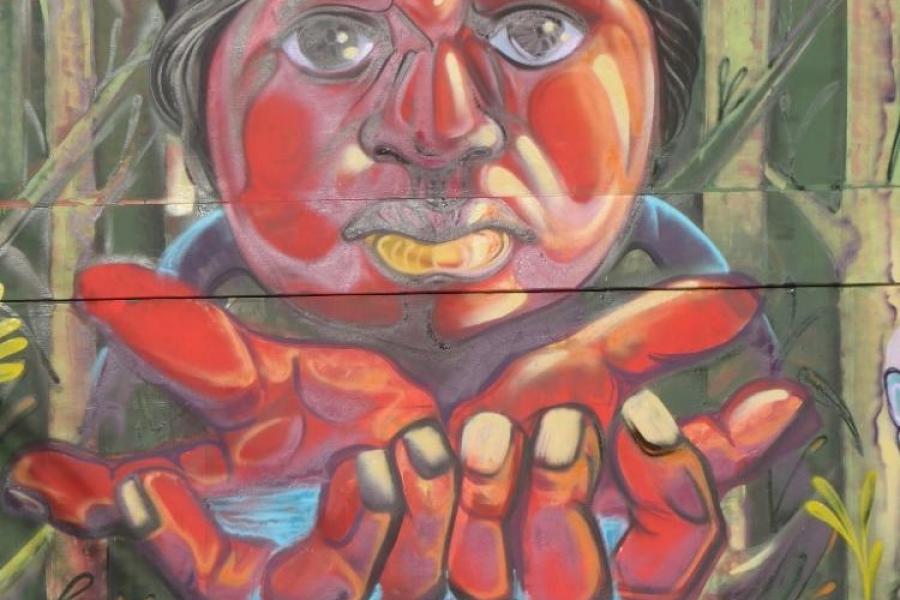Fuelling Irritations (Originally posted 21 Nov 2016)
Country
Bolivia is the poorest country in South America and it shows up in all sortsof ways. Sometimes the problems are directly attributed, if not to poverty, then certainly to a lack of wealth. The diet is plain. Accommodation can be hard to find of a fair standard. Money is also hard to get. ATMs are plentiful but often out of money, unable to communicate with the outside world or take only a specific local card. None of this causes us any real problems. This is just the way things are and we cope well enough.
The issue that has wound us up, however, has been the availability of fuel. Stations are not as plentiful as they are in most countries but there are enough to meet our needs; except that they often don't. Bolivia subsidises the cost of fuel. A litre here for a local costs less than $US 0.55. This subsidy is understandable as there are relatively few private vehicles. Most of the traffic that jams the streets of towns big and small are small buses and taxis which are the de-facto public transport system. Keeping them running at a reasonable cost is essential for the mass of working folk.
So those cunning Peruvians and Chileans don't slip across into Bolivia to refuel on cheap gasolina, the government has mandated that only Bolivian plated vehicles can be refuelled at this price. If your vehicle has a placa exotica (and around here they don't get more exotic than Elephant's Queensland plate) then you pay the equivalent of $US1.27 per litre. To make sure the system isn't corrupted, each vehicle's placa is recorded on the fuel station's computer system when it is refuelled.
Now, I don't mind paying more than a buck a litre for fuel. That is what we pay at home and it is about the median price world wide. The problem starts when you pull into a station and are met with a bewildered look and told they can't sell you fuel.
“¿Por que no?”. We ask.
We are answered with a variety of excuses but the bottom line is that it is too hard to complete the paperwork or they just don't know how.
We had a late departure from Santa Cruz de la Sierra waiting for rain to clear then spent, or should I say wasted, two hours trying to find a service station prepared to refuel Elephant. On the fourth attempt, and having ridden 15km through manic traffic on roads made mud-slick by the rain, we finally found a servo who pumped in the fuel, charged us the required amount and gave us an official receipt. Had I not been pulled over by a traffic cop for disobeying a no-turn sign we might never have found the one station which could refuel a placa exotica.
There are, of course, ways around this. There is a healthy black market in gasoline which is sold in roadside stops from plastic drums. It is reassuring that they are there not only because we do use them from time to time, but also because it reaffirms a lifelong belief. Wherever you create a controlled market, be it for drugs, alcohol, fuel or chocolate cake, you also create a black market and a new and profitable business.
Other times we convince the station owner that we don't need a receipt for the sale. We pump the gasolina, pay at the foreign rate, the owner pockets the difference and we all forget that it ever happened.
And for our bike riding buddies there is more to consider. Here, there is just Gasolina Especial, a single grade. No one I've asked seems to know what the octane rating is but from long experience with low grade gas, I would say about 85 to 87 octane at best. So, if you are riding a new high-tech machine which is designed for minimum 95 octane fuel, you might just leave it at home. Even with the computer reset for low octane fuel it will start and run like a dog (if it starts at all over 3500m) and the engine will detonate under load all day long.





















